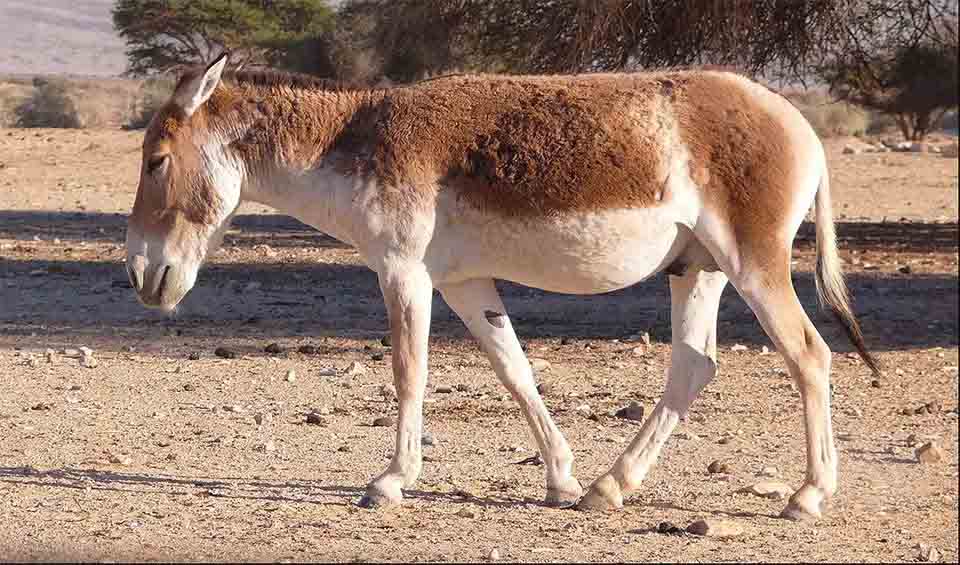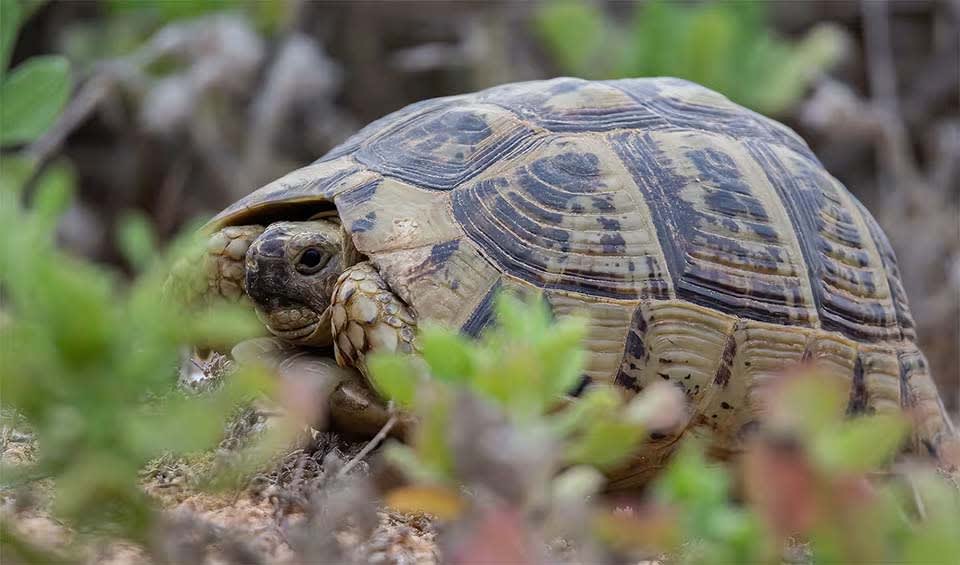Azerbaijan is a transcontinental country situated at the crossroads of Eastern Europe and Western Asia, forming part of the South Caucasus region. Despite its relatively small size, Azerbaijan boasts a diverse range of landscapes and ecosystems. From the Caspian Sea coastline to the towering Caucasus Mountains and the arid plains of the interior, Azerbaijan offers a variety of habitats that support a rich array of wildlife. It also has a wide range of climates, from subtropical conditions along the coast and lowlands to temperate and alpine climates in the mountainous regions. This climatic diversity and the varied topography contribute to the country’s rich biodiversity.
In addition to its natural beauty, Azerbaijan has established several protected areas and national parks to conserve its biodiversity. These include the Gobustan National Park, known for its ancient rock carvings and unique geological formations, and the Hirkan National Park, which protects the ancient Hyrcanian forests.
Four pillars elaborated:
Azerbaijan is home to a diverse array of protected areas, including 11 state reserves, 8 national parks, and 24 state game reserves, which together cover over 10% of the nation’s land. This network has seen substantial growth over the past decade, with the area designated for protection doubling in size, underscoring Azerbaijan’s dedication to environmental conservation. This expansion plays a crucial role in preserving vital ecosystems and endangered species. The protected areas in Azerbaijan are categorized based on their specific conservation goals: national parks are dedicated to preserving both natural and cultural heritage, state reserves focus on scientific research and conservation efforts, and state game reserves are designed to manage and protect wildlife populations. Land Management
Land Management
Azerbaijan’s biodiversity faces significant threats from various pressures, including land degradation, characterized by extensive salinization, widespread soil erosion, unregulated building activities, and heavy use of fertilizers, pesticides, and herbicides; habitat fragmentation due to timber harvesting, conversion of grasslands to agriculture, river damming, expansion of irrigation networks in steppe ecosystems, and frequent wildfires; unsustainable natural resource exploitation, including overgrazing, hunting of wild birds and game species, overfishing of sturgeon and other fish, and inadequately maintained water systems; pollution, from inadequate waste management infrastructure, insufficient hazardous waste storage, residual oil pollution, and cross-border industrial and agricultural waste; the spread of invasive species in both marine and terrestrial environments; and climate change, with limited capacity for adaptation and mitigation. Threats to Biodiversity
Threats to Biodiversity
The implementation of Azerbaijan’s National Strategy and Plan of Action on Conservation and Sustainable Use of Biodiversity (2006-2010) has led to the completion of two out of thirteen major activities outlined in the Action Plan, with the rest either ongoing or partially completed. Key achievements include the publication of the second edition of the Red Book of Azerbaijan in 2013, which highlights endangered species, and the assessment of ecosystems rich in biodiversity. Furthermore, the Ecoregion Conservation Plan for the Caucasus (2012) has identified key areas for conservation efforts in Azerbaijan’s section of the Caucasus, and the National Caspian Action Plan focuses on priority areas within Azerbaijan’s territorial waters of the Caspian Sea. Capacity and Governance
Capacity and Governance
Azerbaijan has pledged to restore 170,000 hectares (1,700 km²) of degraded land by 2030 as part of the Bonn Challenge, a global effort targeting the restoration of 350 million hectares (3.5 million km²) of land by the same year. Additionally, the National Strategy of Azerbaijan focuses on promoting environmentally sustainable agricultural practices, emphasizing the development of organic farming and ecological production. Future Trends
Future Trends
Biodiversity
Azerbaijan features nine distinct biomes, each rich in diverse flora and fauna, ranging from forests and steppes to wetlands and semi-deserts. This variety contributes significantly to the country’s unique biodiversity. Azerbaijan is home to 667 species of vertebrates, including various species of fish, amphibians, reptiles, birds, and mammals.Among its diverse and endangered large mammal population are wild goats, chamois, red and roe deer, as well as their predators such as lynx, wildcat, and leopard. Additionally, Azerbaijan serves as a crucial migratory route for numerous bird species, including the globally threatened Lesser White-fronted Goose, which travels from Europe and Russia to destinations in Africa and Asia.
In the table below are the number of known species in several main groups, how many of these species are Threatened with extinction, and how many of them are Endemic (unique to Azerbaijan only):
| Species (World rank) |
Threatened | % Threatened | Endemic | % Endemic | |
|---|---|---|---|---|---|
| Mammals | 112 (#99) | 8 | 7.1% | ||
| Birds | 348 (#102) | 17 | 4.9% | ||
| Reptiles | 63 (#113) | 9 | 14.3% | ||
| Amphibians | 10 (#139) | 1 | 10.0% | 1 | 10.0% |
| Fishes | 88 (#187) | 13 | 14.8% | ||
| Plants | 3,725 (#95) | 44 | 1.2% | 240 | 6.4% |
mammals
Brown bear
The second largest bear, right after the polar bear. Sadly, it well might top the list soon
Onager
Two out of six subspecies were hunted to extinction: the European & Syrian wild ass
Caucasian squirrel
The word ‘squirrel’ is derived from the Greek word ‘Skiouros’ meaning ‘shadow tail’ – not specific
birds
Bearded vulture
The only living creature that feeds on bone marrow from carcasses in high and inaccessible mountain areas
Peregrine falcon
At the speed of over 321 km/h (200 mph), this bird outraces a Formula1 car
European goldfinch
Can hang upside down while feeding!
reptiles
Grass snake
One of the most common reptile of the European wetlands
Greek tortoise
The mosaic-shelled marvel of the Mediterranean
Javelin sand boa
Known for its docile and non-aggressive nature
amphibians
Eastern spadefoot
While most frogs lay their eggs in permanent water bodies, this special frog prefers temporary pools that form after heavy rains
Savignys treefrog
Also known as the Lemon-yellow tree frog, the Middle East tree frog
Marsh frog
Quite noisy creatures which is a common sight in wetland areas
National Animals
Horse
Have a strong fight-or-flight response, will usually flee when threatened but will defend themselves when fleeing is impossible, or the young are threatened
European roller
Loves trees! Only member of its family breeding in Europe


















